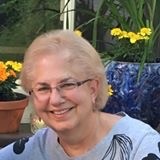We recently connected with Julie Saad and have shared our conversation below.
Julie, appreciate you joining us today. Let’s start with the story of your mission. What should we know?
Most of my life I didn’t think of myself as having a mission or of needing one! Then my teacher and mentor of 25 years, Thomas Keating, died in 2018. Something changes in our lives when those who have gone before us pass. I think it happens when we lose our parents, favorite teachers, heroes, and others we love and admire. What did their life mean to me? What’s the lasting mark they left on me? What did I learn from them? What did they model for me? What do I miss?
Thomas Keating was a Trappist monk who lived the last 30 years of his life at St. Benedict’s Monastery in Snowmass, Colorado, about three hours from my home. He was on a mission to renew the Christian contemplative tradition for today’s seekers by incorporating the language and learnings from modern science, including psychology, brain science, and physics. I had the opportunity not only to read his books and attend his presentations, but also got to know him personally. He taught a Christian meditation practice known as Centering Prayer, but what we learned from him was so much more than a method. He taught a way of life that is steeped in the Christian tradition going back to the time of Jesus. For many of us, what Christianity morphed into in modern times does not at all resemble the way of life Jesus modeled. Thomas Keating had the ability to cut through all the window dressing religion cloaks Jesus’ message in. What I’ve always said is he helped me grow up my faith.
I was raised in the Catholic tradition but ended up leaving that behind in my teen years. It just didn’t make sense to me and yet I was still a spiritual seeker. In the mid-1980s I started a Buddhist meditation practice I learned from a book, and I practiced that form of meditation for about eight years. In 1994 I stumbled across Contemplative Outreach, the organization Thomas Keating founded to teach and support the practice of Centering Prayer. The return to my roots appealed to me because I was now learning the “grown-up” version of what I was born into in my Catholic family. At first, I followed his teaching and tried to incorporate it into my life. Eventually I started teaching Centering Prayer and became more involved in the inner workings of the organization. I recently published a book based on Thomas Keating’s work called “Contemplative Life: Discovering Our Path into the Heart of God.”
About a year after Thomas Keating died, I was doing some soul searching about my purpose in this life. I usually do that kind of self-exploration by writing or journaling. I’m not sure there’s ever one answer to purpose, or that once we “discover” our purpose it doesn’t change over time. I just know that for 25 years I have been passionate about contemplative prayer and contemplative life and about Thomas Keating’s teaching. I found written in my journal from November of 2019 “I would like to be a missionary for Thomas Keating’s teaching.” In June of 2021 I was at St. Benedict’s Monastery where Thomas Keating is buried. I was standing on his grave looking out over the sacred valley below Mt. Sopris and I said to him, “I am going to do everything I can to keep your teaching alive in the world.” Thus, a mission was born.
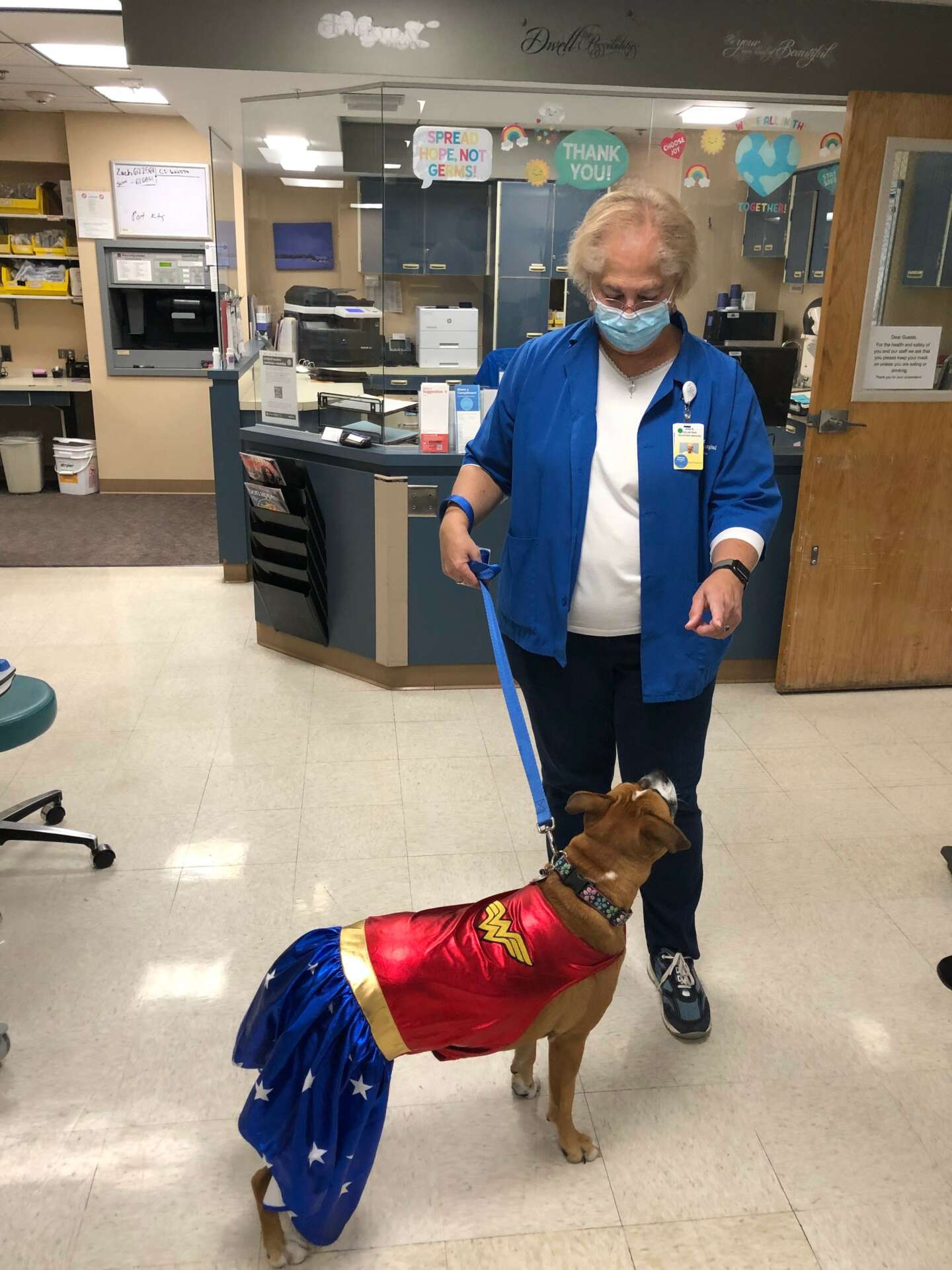
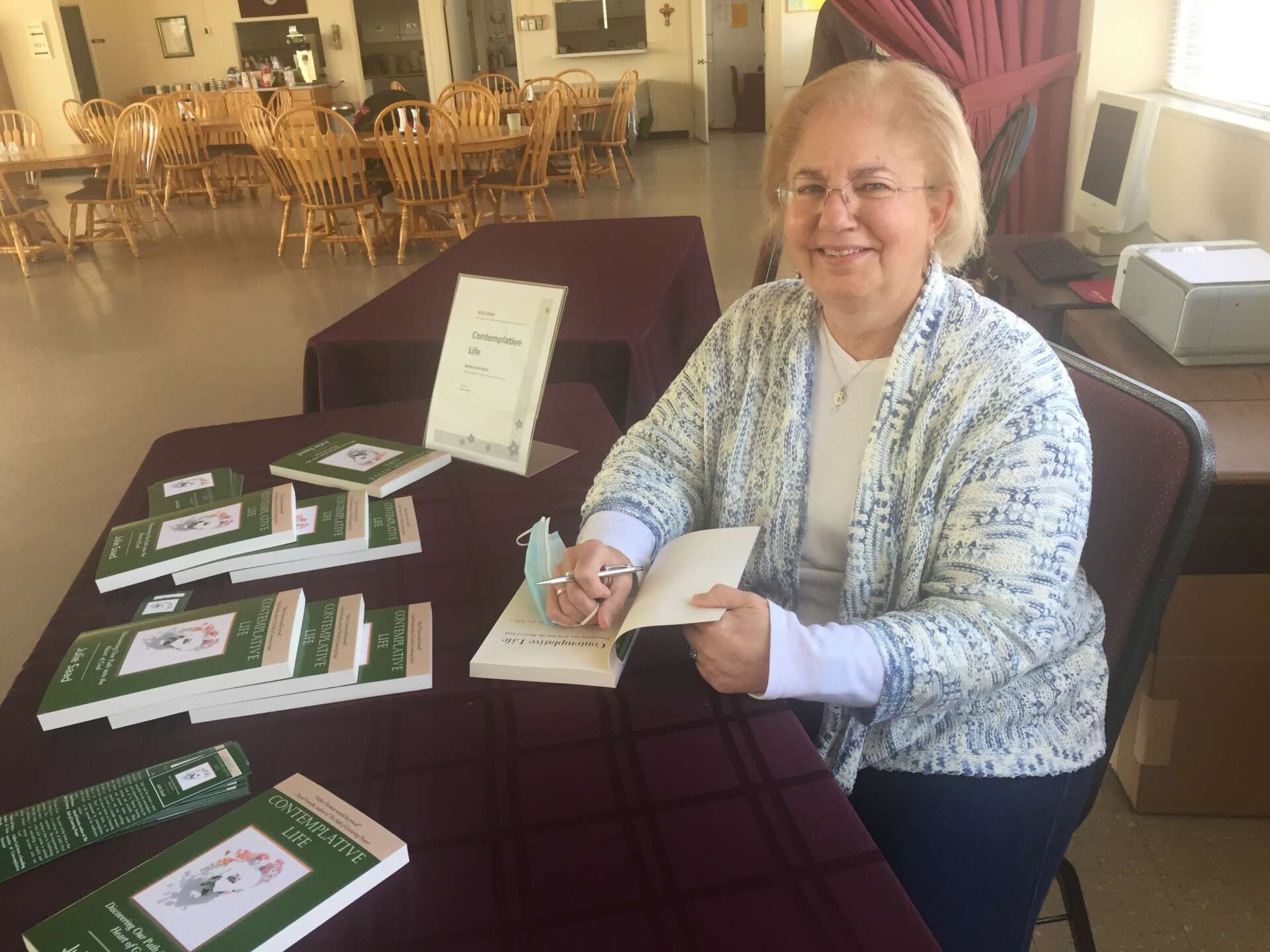
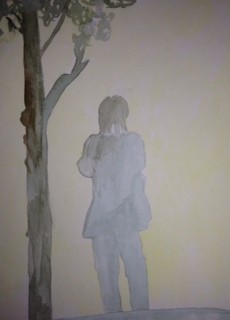
Julie, before we move on to more of these sorts of questions, can you take some time to bring our readers up to speed on you and what you do?
A thread that has woven through most of my life is writing, starting with a diary when I was around ten years old. I went to Catholic schools and my sister and I always joke that one thing the nuns taught us was how to write. When I was a freshman in college my English teacher exempted me from having to take the next two quarters of freshman English because my writing was so good. That same year I started journaling in earnest. I learned it was like a friend to help me get to know myself and work through some of the pain of growing up. My first year in a master’s program the professor asked me if he could use my 12-page paper as an example for other students of the way he wanted them to write. People were always asking me to proof-read for them, including a boss who had a master’s degree in communications. I did technical writing for my work in health care administration, helping people navigate the complexities of health insurance and Medicare. Through all of this I didn’t think of myself as a writer.
About 20 years ago I took an intensive journal writing workshop developed by the depth psychologist, Ira Progroff, where a small group of people sat together and wrote for six days straight. It was indeed an intense and quite painful experience because of the depth of the self-exploration, but at the same time I was elated at being able to take the time to do nothing else but write for six days. Over the course of about 15 years I took that journal writing workshop five times.
I discovered a nine-month writing course offered by The Shift Network by Mark Matousek called “Writing to Heal.” In this course I found my storytelling voice and learned to be vulnerable in my writing. We shared our writing with others in the class and with Mark. The feedback encouraged me to continue writing in this style.
Through these writing workshops and courses I started getting the idea to write a book. But I wasn’t clear on a topic and I had no idea where to even begin. I have been practicing, studying and teaching a Christian meditation practice called Centering Prayer for over 25 years. In 2017 I was asked to help with a year-long project to edit a video series and offer an online course by Thomas Keating, the founder of Contemplative Outreach. Every week for 52 weeks I was writing an introduction to the video clip for that week. This was the most disciplined approach to writing I had experienced. It gave me the confidence to write a book based on Thomas Keating’s teaching which is called “Contemplative Life: Discovering Our Path into the Heart of God.”
It’s a wonderful place to be in life. I have found something I’m good at, a voice that resonates with a lot of people through my personal experience, and a topic that I love to talk and write about. Now that the book is published, I’ve been busy with speaking engagements, but in the back of my mind the next book is starting to form. I think it’s going to be called “Embracing Darkness.”
What do you find most rewarding about being a creative?
I’ve been talking in this interview so far about writing as my creative endeavor, and I love to write and write a lot. But what I’ve discovered about myself in recent years is that was gives me the most satisfaction in life is creating. So it’s not so much the end product as much as it is the creative process. There’s something about being engaged in creating that makes time stand still, keeps me totally in the present moment without the niggling of the concerns of daily life, makes me feel pleased with myself. In addition to writing I make collages, draw and paint, make prayer beads, crochet afghans and prayer shawls, cook elaborate and delicious meals, make artistic powerpoint presentations.
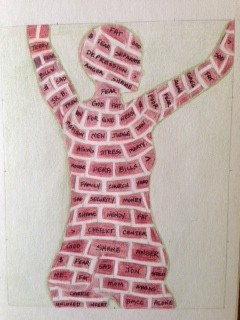
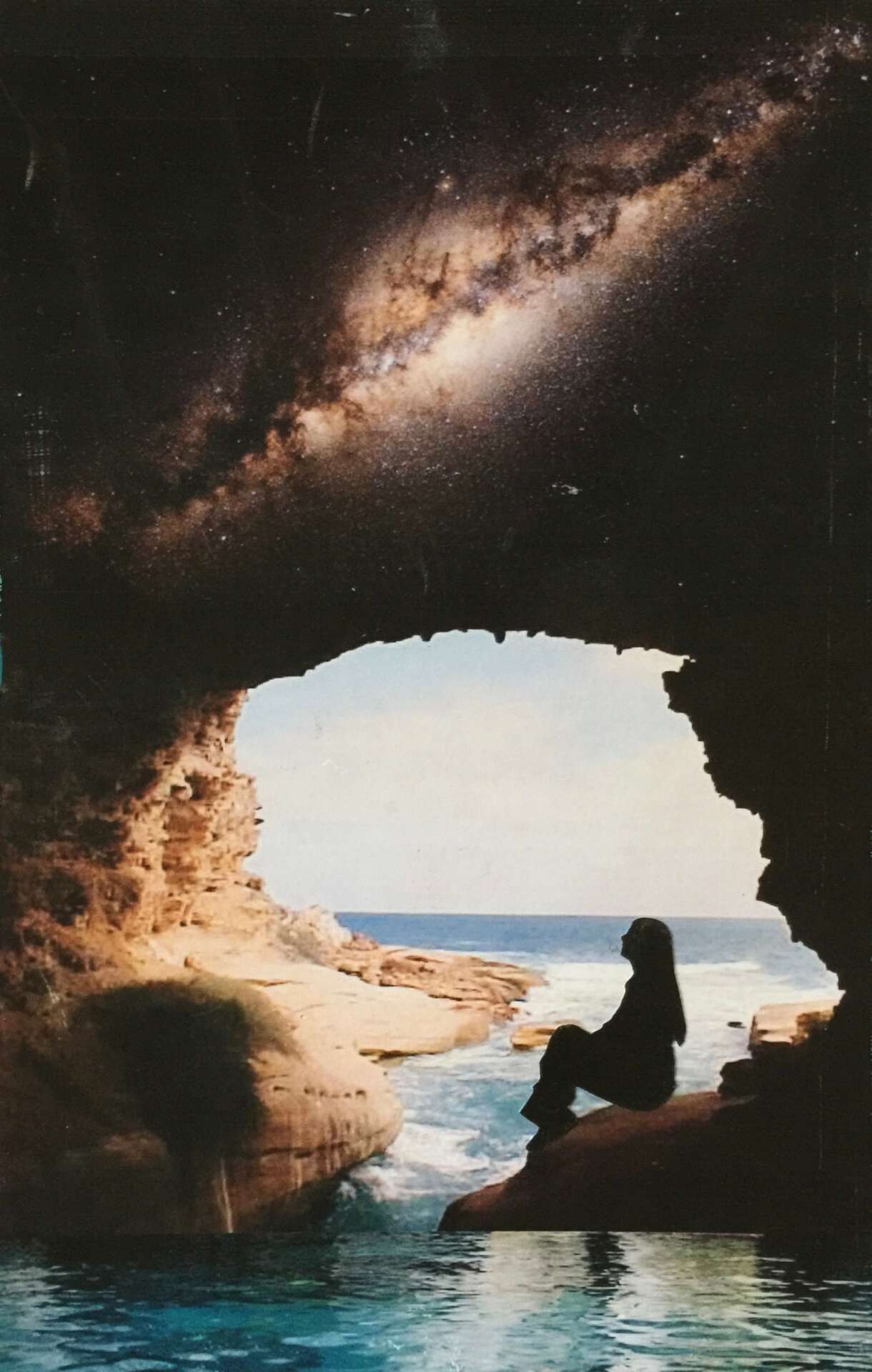
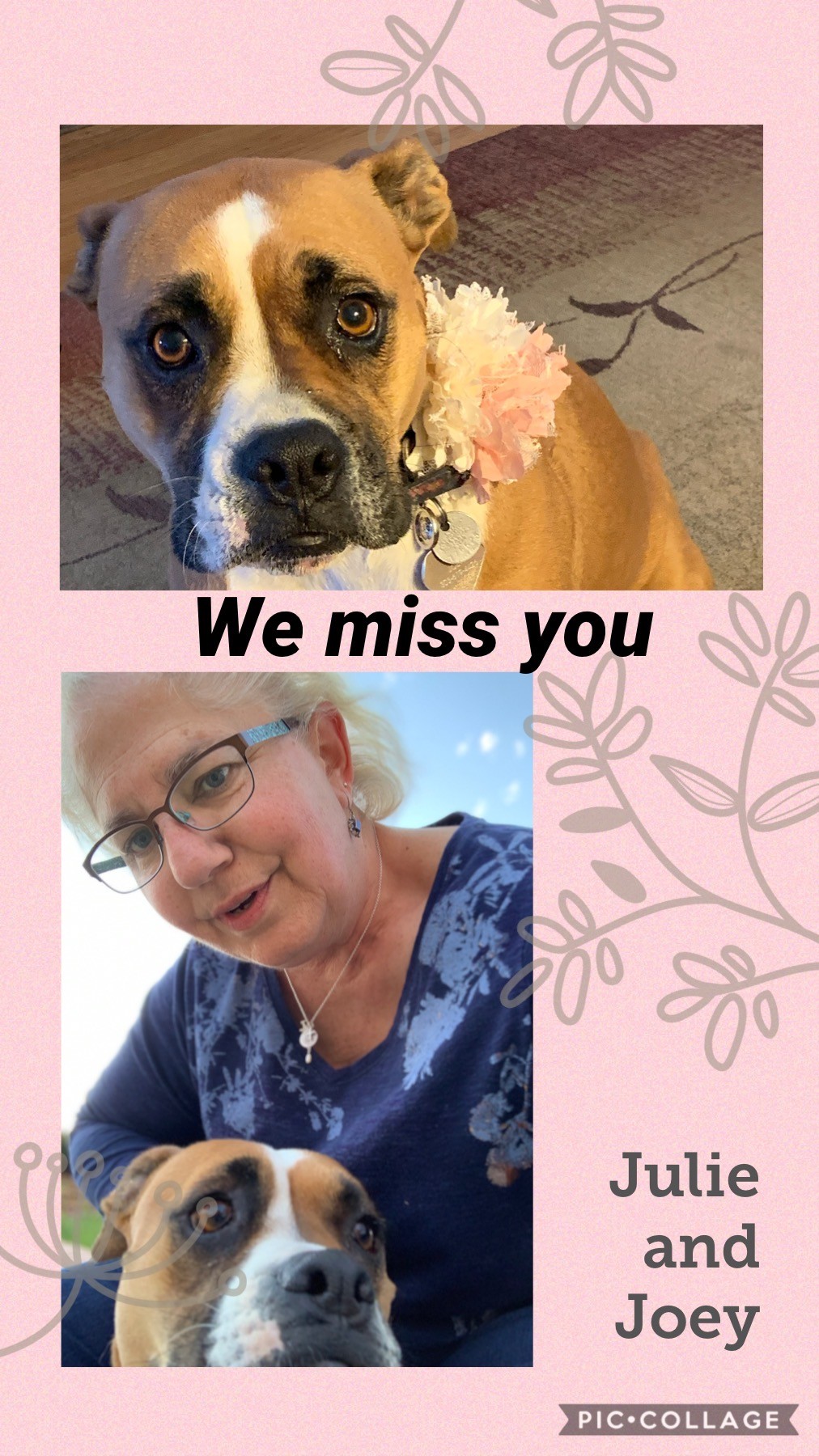
How’d you build such a strong reputation within your market?
My teaching, whether in person, online or in writing, comes out of my lived experience. There’s an authenticity that comes out of that. I include stories from my life in my teaching which I hope helps people reflect on their stories. It’s our stories that can either keep us stuck or help us grow.
Contact Info:
- Website: www.intotheheartofgod.com
- Instagram: juliesaad6283
- Facebook: Julie Saad


